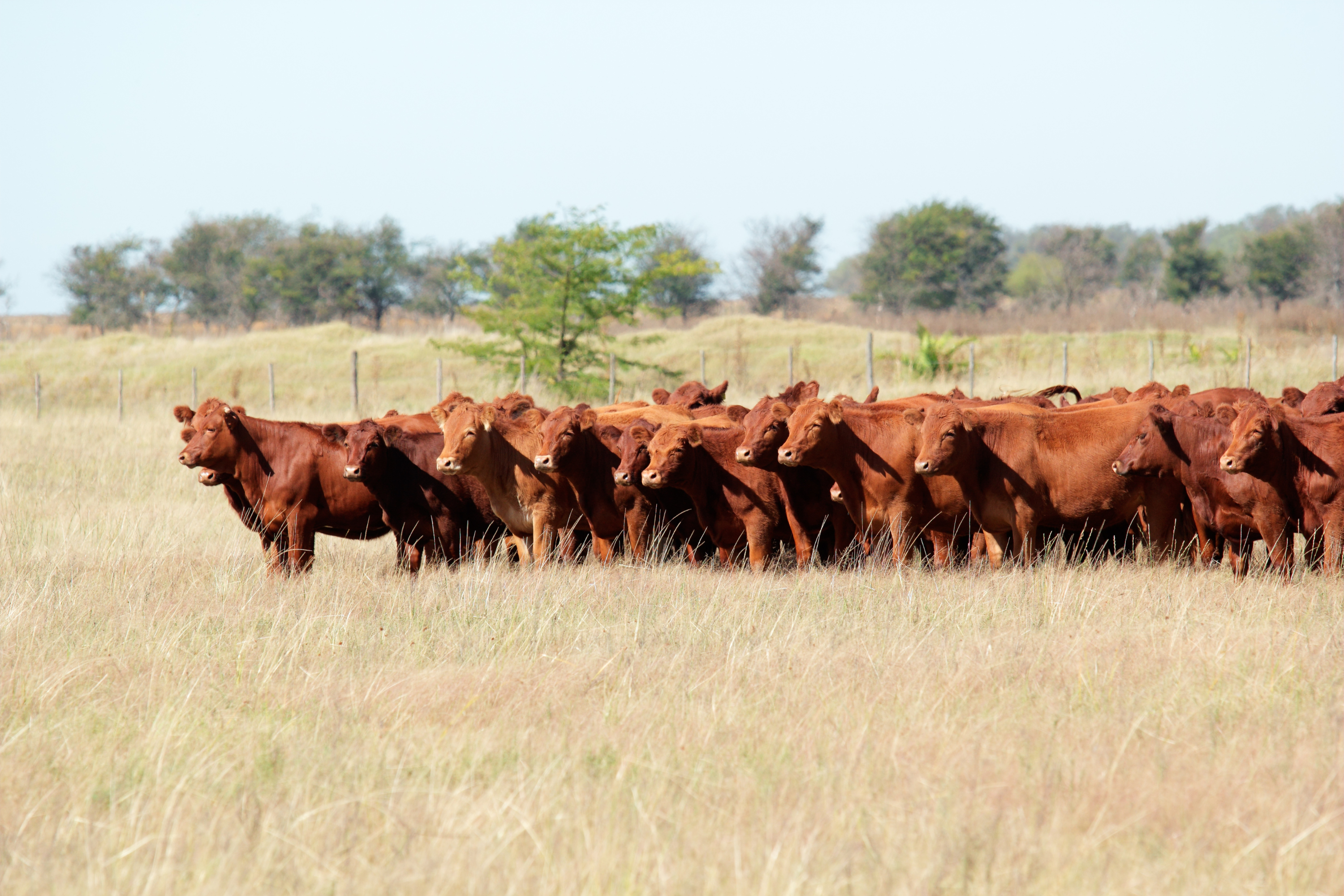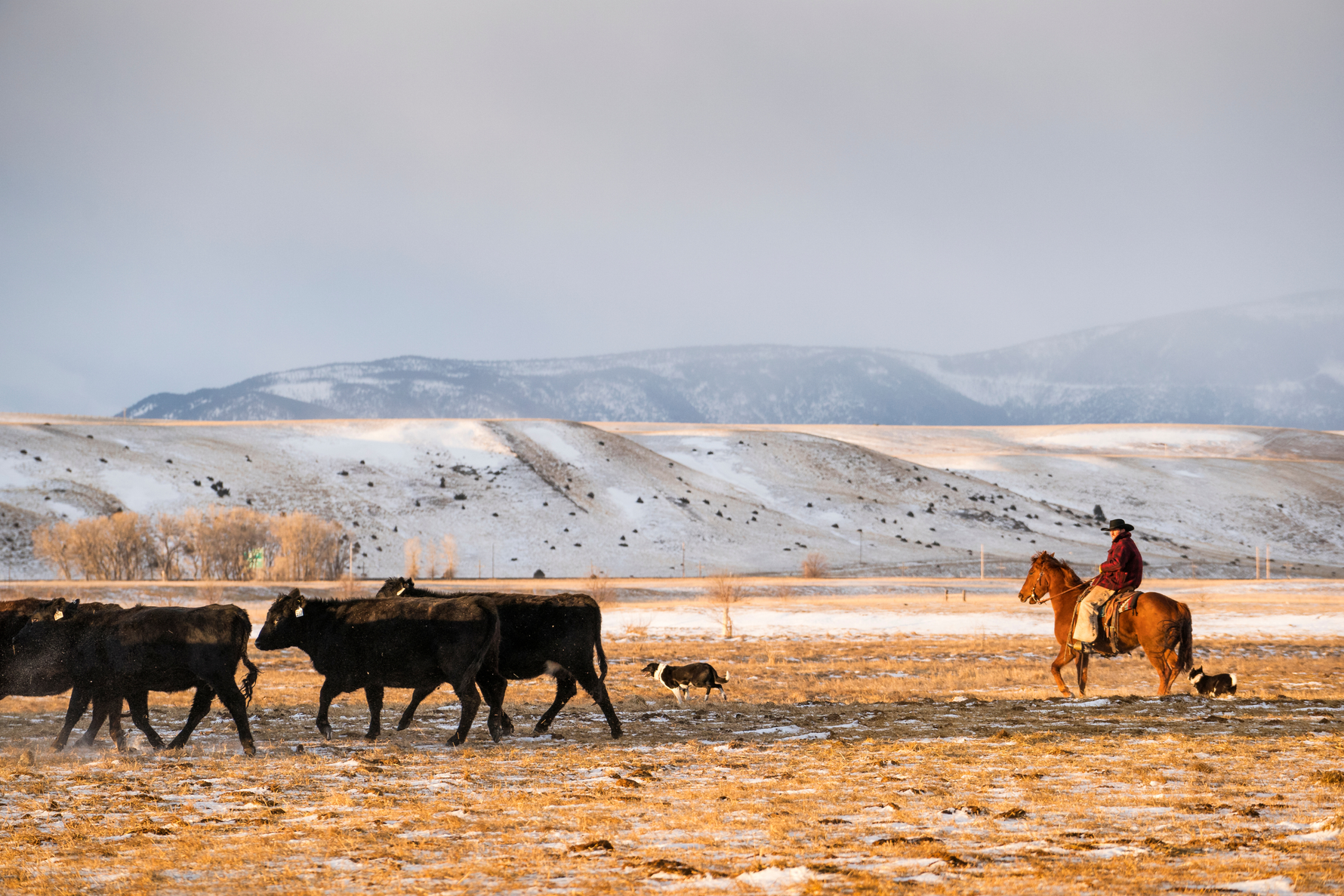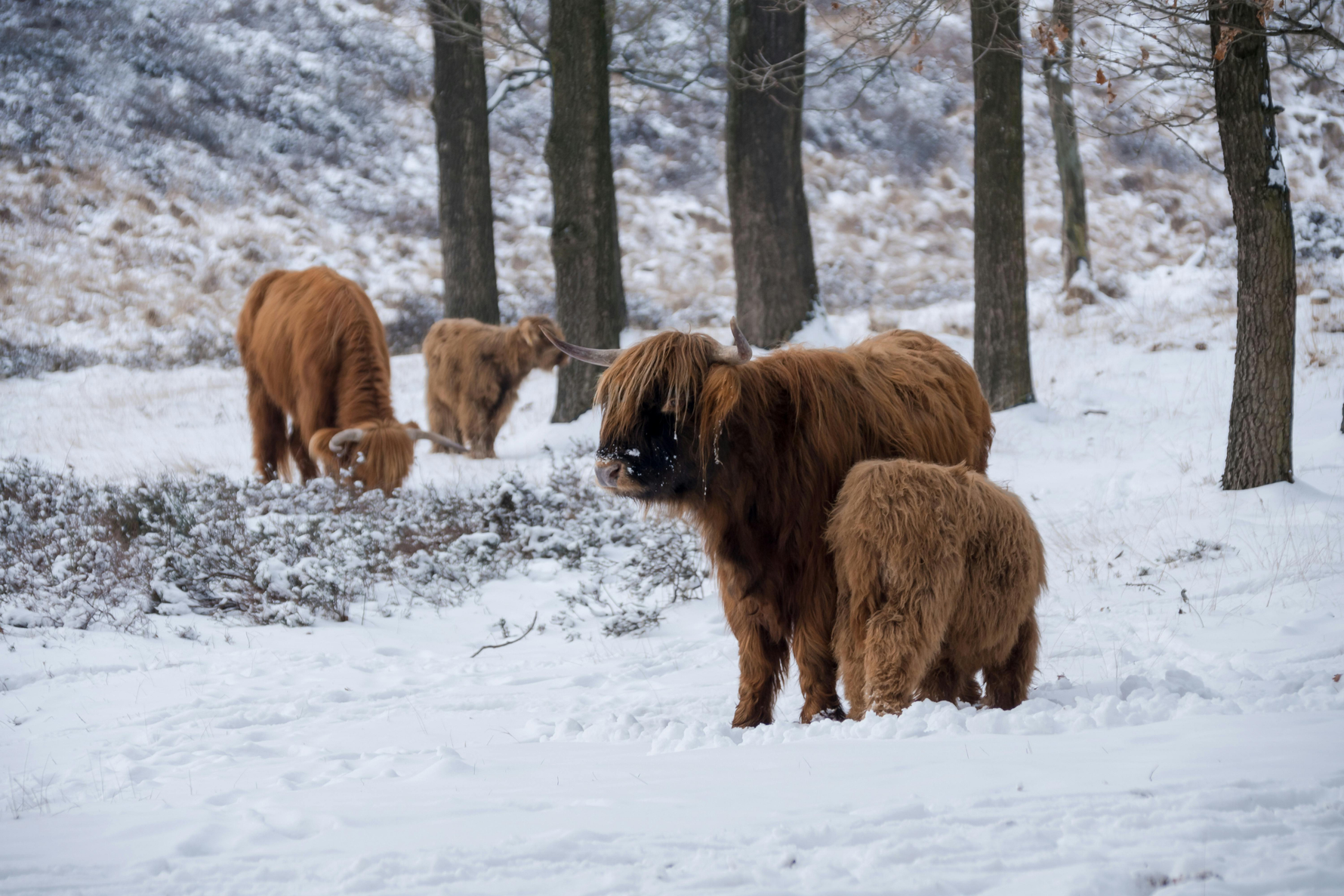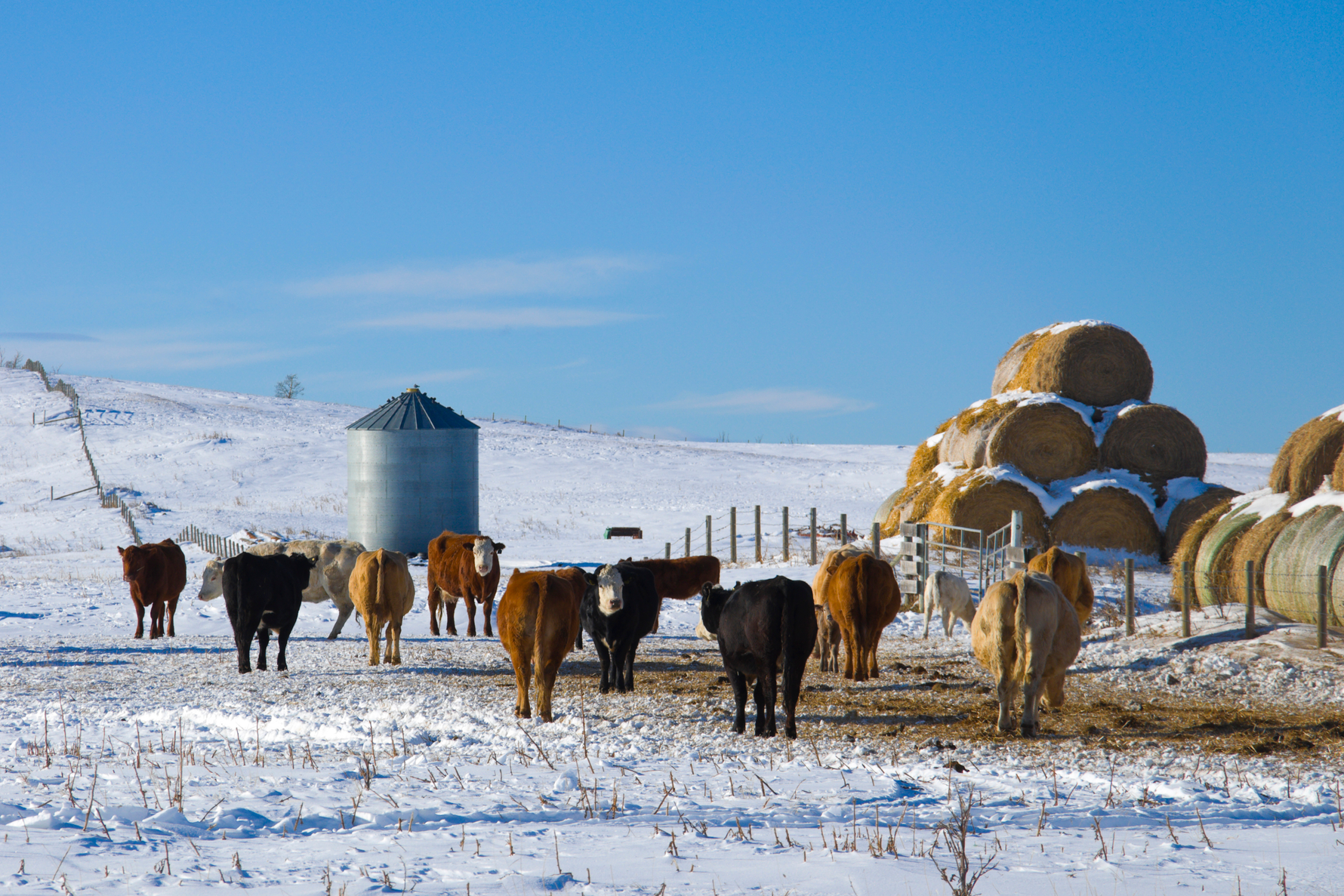
Understanding Mob Grazing: Benefits and Implementation for Ranchers
Mob grazing is a livestock management practice characterized by high-density stocking of cattle on small pasture areas for brief periods, followed by extended rest periods for forage regrowth. This approach contrasts with continuous grazing, where animals have unrestricted access to large pastures over extended periods. Advocates of mob grazing highlight several benefits, including improved soil health, enhanced forage quality, and more efficient manure distribution.
Key Principles of Mob Grazing:
-
High Stock Density: Concentrating a large number of animals on a small pasture area for a short duration ensures uniform grazing and trampling.
-
Short Grazing Periods: Livestock are moved frequently, often daily or multiple times a day, to prevent overgrazing and allow plants adequate recovery time.
-
Extended Rest Periods: After grazing, pastures are rested for several months, allowing vegetation to regrow and maintain ecosystem balance.
Benefits of Mob Grazing
-
Enhanced Soil Health: The concentrated presence of cattle leads to uniform manure and urine distribution, enriching the soil with organic matter and nutrients. Additionally, the trampling action incorporates uneaten forage into the soil, promoting organic matter accumulation and fostering a robust soil ecosystem.
-
Improved Forage Utilization and Diversity: By grazing intensively for short durations, cattle consume forage more uniformly, reducing selective grazing. This practice allows plants adequate recovery time, leading to healthier and more productive pastures. Diverse plant species thrive under this system, providing varied nutrition for livestock.
-
Extended Grazing Season: Effective forage management in mob grazing can prolong the grazing season, potentially reducing the need for supplemental feeding and lowering operational costs.
-
Weed Control: Intensive grazing can reduce weed prevalence by limiting their growth and seed production.
Challenges and Considerations:
-
Labor and Management: Frequent movement of livestock requires meticulous planning and increased labor.
-
Infrastructure Needs: Adequate fencing and water systems are essential to facilitate regular herd movements.
-
Monitoring: Continuous assessment of pasture conditions is crucial to prevent overgrazing and ensure optimal recovery.
Integrating Barn Owl Cameras into Mob Grazing
Incorporating technology, such as Barn Owl cameras, can enhance the effectiveness and efficiency of mob grazing practices.
Here's how these cameras can assist ranchers:
-
Remote Pasture Monitoring: Barn Owl cameras enable ranchers to remotely observe pasture conditions, ensuring optimal forage availability and quality. This real-time monitoring facilitates timely decisions on when to move cattle, aligning with mob grazing principles.
-
Livestock Surveillance: Continuous visual access to cattle allows for early detection of health issues, behavioral anomalies, or injuries. Prompt identification leads to swift interventions, maintaining herd health and productivity.
-
Predator Detection: By monitoring pastures, these cameras can alert ranchers to the presence of predators, enabling proactive measures to safeguard livestock.
-
Infrastructure Oversight: Regular visual checks of fences, water systems, and other critical infrastructure help identify and address maintenance needs promptly, ensuring a secure and efficient grazing environment.

Conclusion
Mob grazing offers a sustainable approach to pasture management, yielding benefits such as improved soil health, efficient forage use, and extended grazing periods. Integrating Barn Owl cameras into this system provides ranchers with valuable tools for remote monitoring, enhancing decision-making and operational efficiency. By embracing these technologies, ranchers can optimize their grazing strategies, leading to healthier herds and more productive pastures.
Up next: Optimizing Pasture Management with Patch-Burn Grazing
Share


